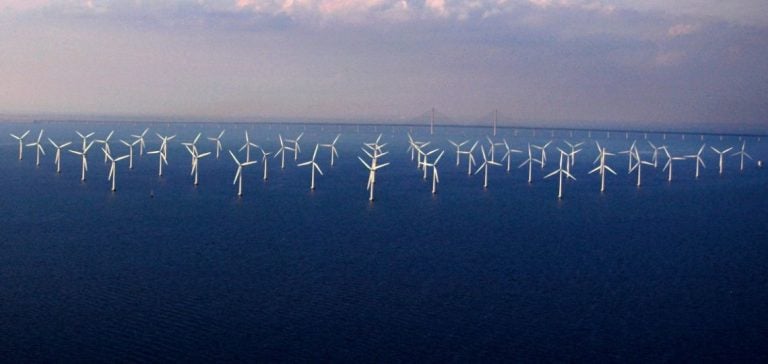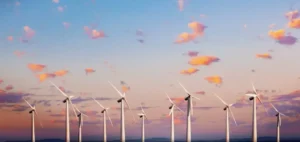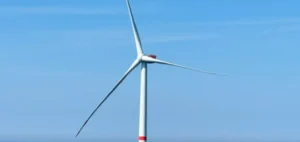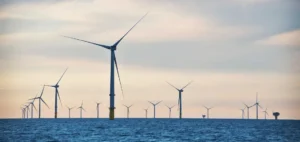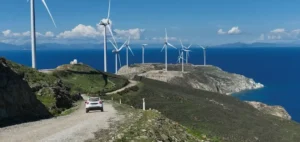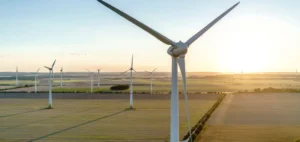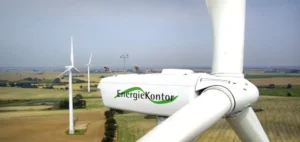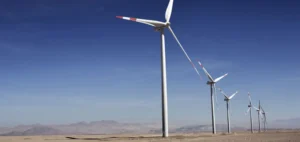Sweden is at a decisive crossroads in the development of offshore wind power. Although the country has considerable offshore energy potential, the current licensing framework is ill-suited to the specificities of the sector.
Unlike countries such as Denmark and Germany, Sweden has yet to establish a structured, transparent system for offshore wind development.
Today, tens of gigawatts of projects are on hold, held back by poorly coordinated planning processes and late decisions by the relevant authorities.
Sweden currently uses an “open door” system, allowing companies to submit their own proposals for the development of offshore sites.
However, this model creates competition for often identical sea areas, leading to long delays and conflicts of interest between developers.
To date, only 2 GW have been licensed out of a total of over 100 GW of proposals submitted.
Rethinking the planning model
Faced with these stumbling blocks, the Swedish government has commissioned a team of advisors led by Magnus Hermansson, a judge at the Land and Environmental Court, to propose a new planning model.
This model could be inspired by systems used in other European countries, where governments designate specific areas for offshore development and award permits via competitive auction processes.
Developers such as OX2 are concerned about the impact of a change of system on projects already underway.
They point out that they have already invested considerable resources in advancing these initiatives within the existing regulatory framework.
A transition to a new planning model could result in significant economic losses for these players, requiring measures to preserve current projects.
Persistent financial challenges
In addition to planning issues, the main obstacle to offshore wind development in Sweden is the lack of financial support mechanisms.
Unlike other European markets such as the UK, where Contracts for Difference (CfDs) stabilize developers’ revenues, Sweden does not yet offer a comparable financial framework.
What’s more, grid connection costs, often borne by the state in other countries, are still borne by developers in Sweden.
This situation has recently led to the suspension of major projects.
Vattenfall, for example, has put its Kriegers Flak wind project on hold due to a lack of funding for connection infrastructure.
The question of financial incentives is therefore becoming central to the debate on the future of Swedish offshore wind power.
Without clear government support, it is difficult for companies to ensure the profitability of these projects in an environment where investment costs are high.
A competing strategy: nuclear power
At the same time, the Swedish government seems to be favoring a nuclear revival.
In August, the authorities unveiled a plan to finance the construction of 10 new nuclear reactors by 2045.
This project is based on a mechanism of contracts for difference and state-guaranteed loans, ensuring a minimum return on investment for the private players involved.
This approach contrasts sharply with the absence of similar support for offshore wind power.
Sweden plans to double its electricity consumption by 2045 in response to the increase in industrial projects aimed at decarbonization.
However, whether offshore wind or nuclear power will be the main source of energy for this expansion remains an open question.
Although nuclear power offers a credible alternative, it faces major financial and technical obstacles.
New reactors in Europe frequently face cost overruns and delays, making delivery uncertain.
Towards energy complementarity
Against this backdrop, players in the offshore wind industry are advocating a complementary mix of energy sources.
According to Emelie Zakrisson, Offshore Wind Director at OX2, Sweden cannot afford to neglect offshore wind at a time when the country is seeking to decarbonize its industry.
Wind power could play a key role in the energy transition, not least thanks to shorter commissioning times than new nuclear power plants.
However, the debate over the distribution of public subsidies between nuclear and wind power remains open.
With the recent introduction of financial support for onshore wind power projects, a similar extension for offshore wind power could reinvigorate the sector.
For the time being, no concrete decisions have been taken on such measures.
Sweden must now choose between maintaining a path towards nuclear power or diversifying its investments into renewable energies such as offshore wind.
The challenge is to strike a balance between long-term energy security and short-term return on investment.

